The Best Nike Running Shoes For Every Type Of Runner
From world record-setting speedsters to trail-running shoes, Nike ticks all the boxes
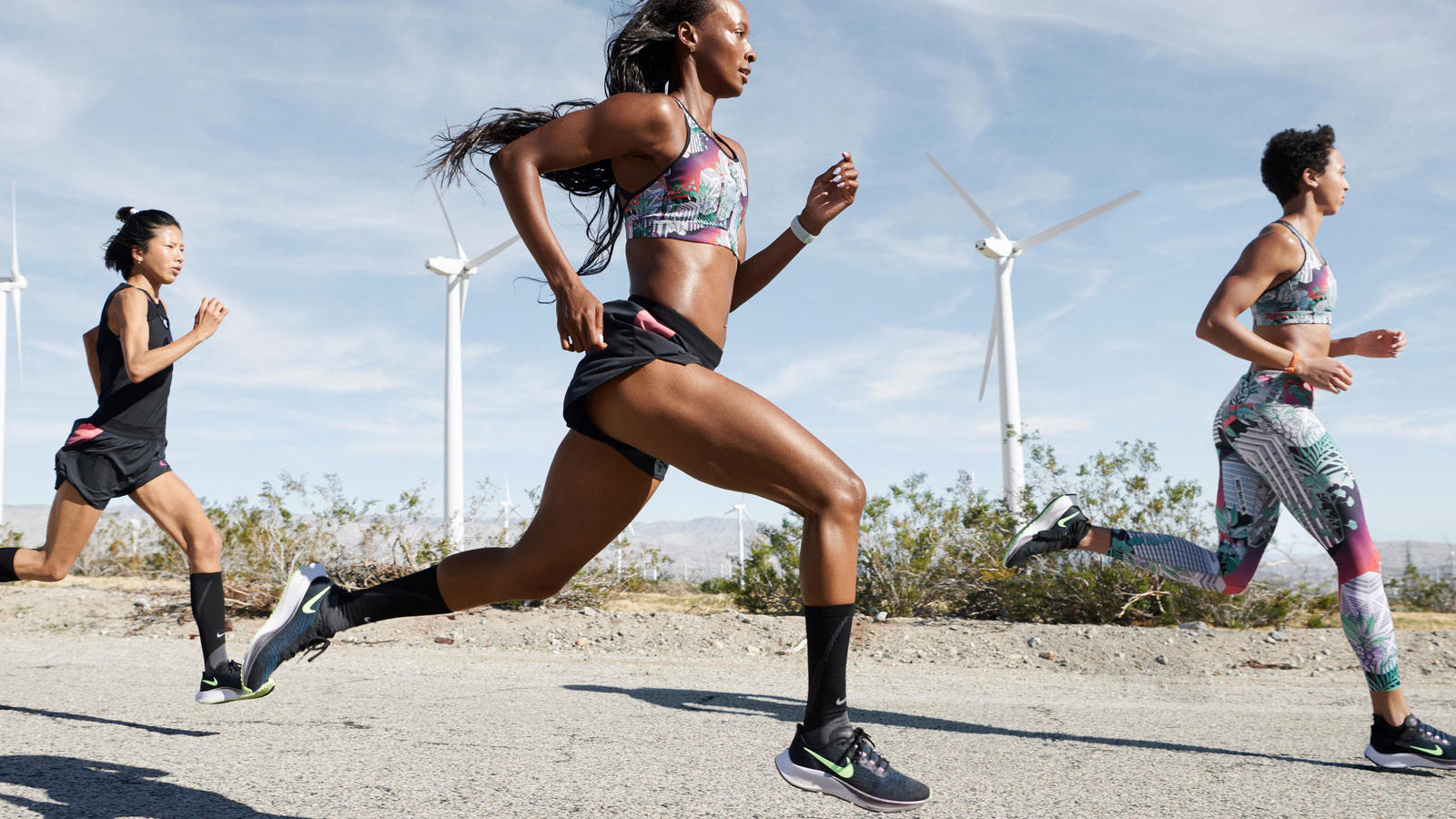
The hype surrounding each new release would suggest that every brand makes the best running shoes. Of course, all of them have strengths and weaknesses, and what the perfect shoe is will change with regard to what the individual runner needs from it.
That said, Nike can claim to have come closer than most to creating the perfect shoe, for racing at least, because there are few runners who have tried the Nike Vaporfly and disliked it. It’s the racing shoe that changed the game and it remains one of the best carbon plate running shoes, and runners of all levels have used it to set world records and PBs at a range of distances in recent years.
However, high-stack racing shoes like the Vaporfly aren’t for everyone. In fact, they’re not for many, because they cost more than $250/£200 and should really be saved for key training runs and race day. Fortunately, Nike has a range of other shoes that fit the bill for all kinds of runners, so whatever you’re hoping to achieve, there’ll be one that works for you.
How I Test Nike Running Shoes
You can trust Coach
I usually run around 70-110km a week and race regularly, which allows me to test a lot of running shoes, including almost all Nike’s road and trail-running shoes. I have used Nike’s racing shoes to run sub-2hr 30min marathons and 15-minute 5Ks, and logged hundreds of miles in the brand’s training shoes.
The Best Nike Running Shoes
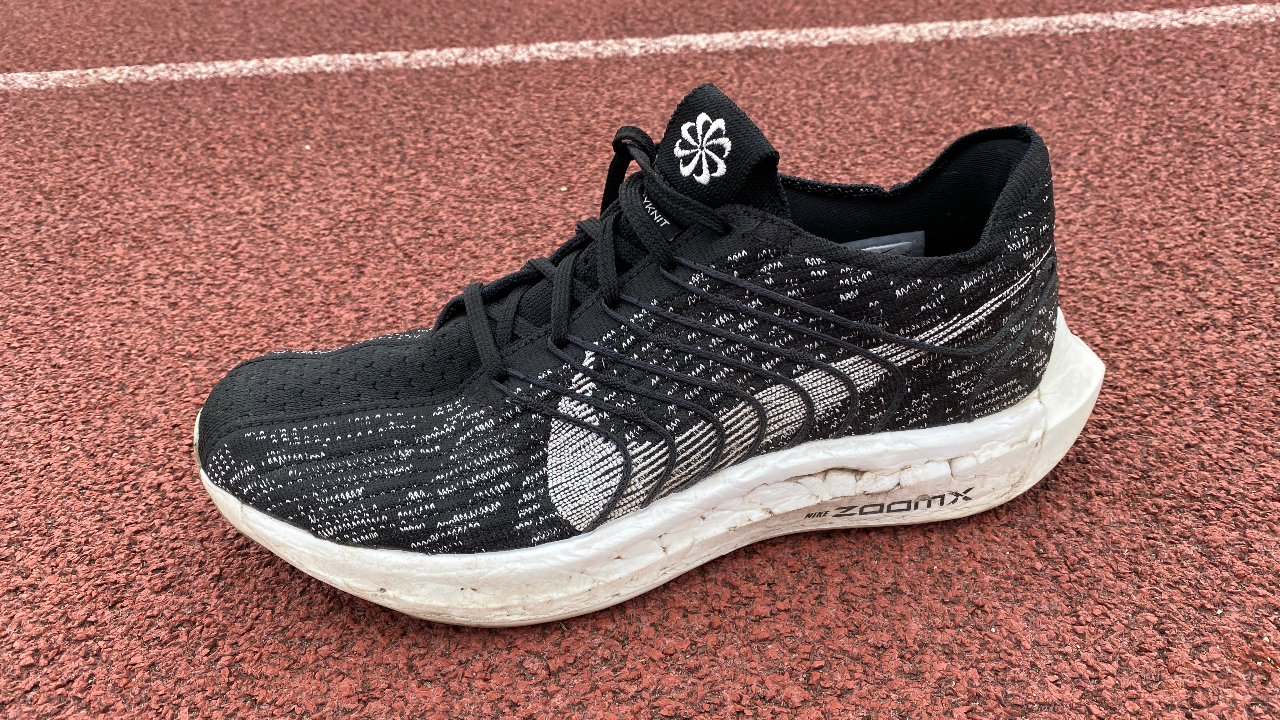
Specifications
Reasons to buy
Reasons to avoid
Nike hasn’t really had a top-class all-rounder in its running shoe line-up since it discontinued the original Pegasus Turbo, so I was delighted when the Pegasus Turbo Next Nature finally came along to fill the gap. The Nature uses recycled materials, including recycled ZoomX foam in the midsole, and while it’s heavier with a firmer ride than the original Turbo, it still works well as a versatile shoe that can handle long, short, fast and slow runs well.
Those looking for a like-for-like replacement for the original Turbo might well be disappointed by the Nature, but it’s a grower – the ride softens and becomes more enjoyable the more you use it.
Read more in our Nike Pegasus Turbo Next Nature review
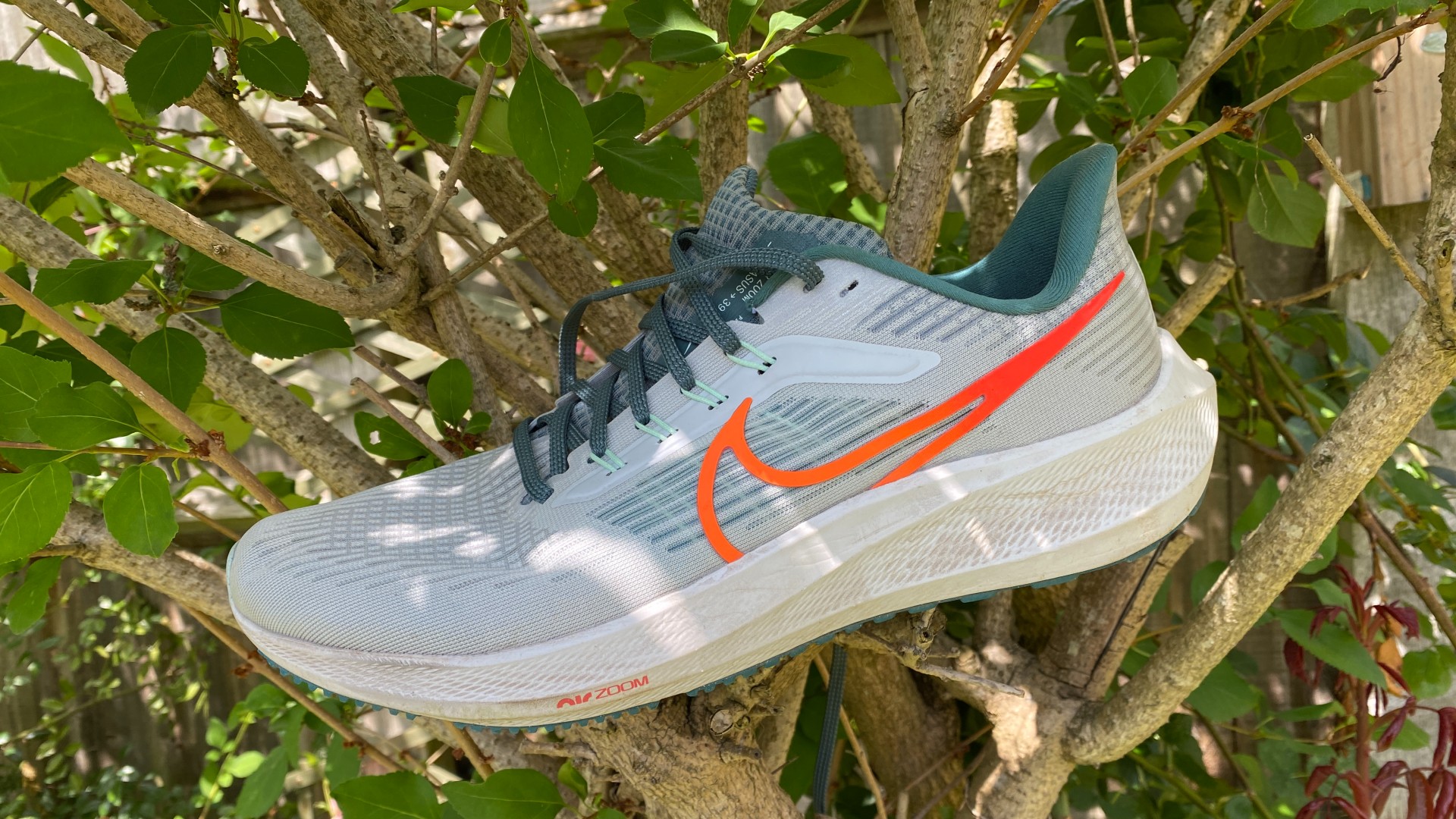
Specifications
Reasons to buy
Reasons to avoid
If you’re new to running and unsure which shoe to go for, Nike’s Pegasus line is always a safe bet, and if it’s value you’re after then usually the smart approach is to get last year’s Pegasus. I’ve reviewed the Nike Pegasus 40 and found it similar to the Pegasus 39, but I actually prefer the older shoe, which is a little lighter.
The Pegasus 39 is also cheaper than the 40, at RRP, and is often in sales now, so it’s better value all round. It has the same midsole as the Pegasus 40, using two of Nike’s Zoom pods encased in durable React foam to create a ride that’s not the bounciest or most exciting but is stable, protective and speedy enough to work well for a variety of runs. The only changes to the newer shoe come in the upper, which has a redesigned fit around the midfoot that I simply didn’t notice at all.
Read more in our Nike Air Zoom Pegasus 39 review
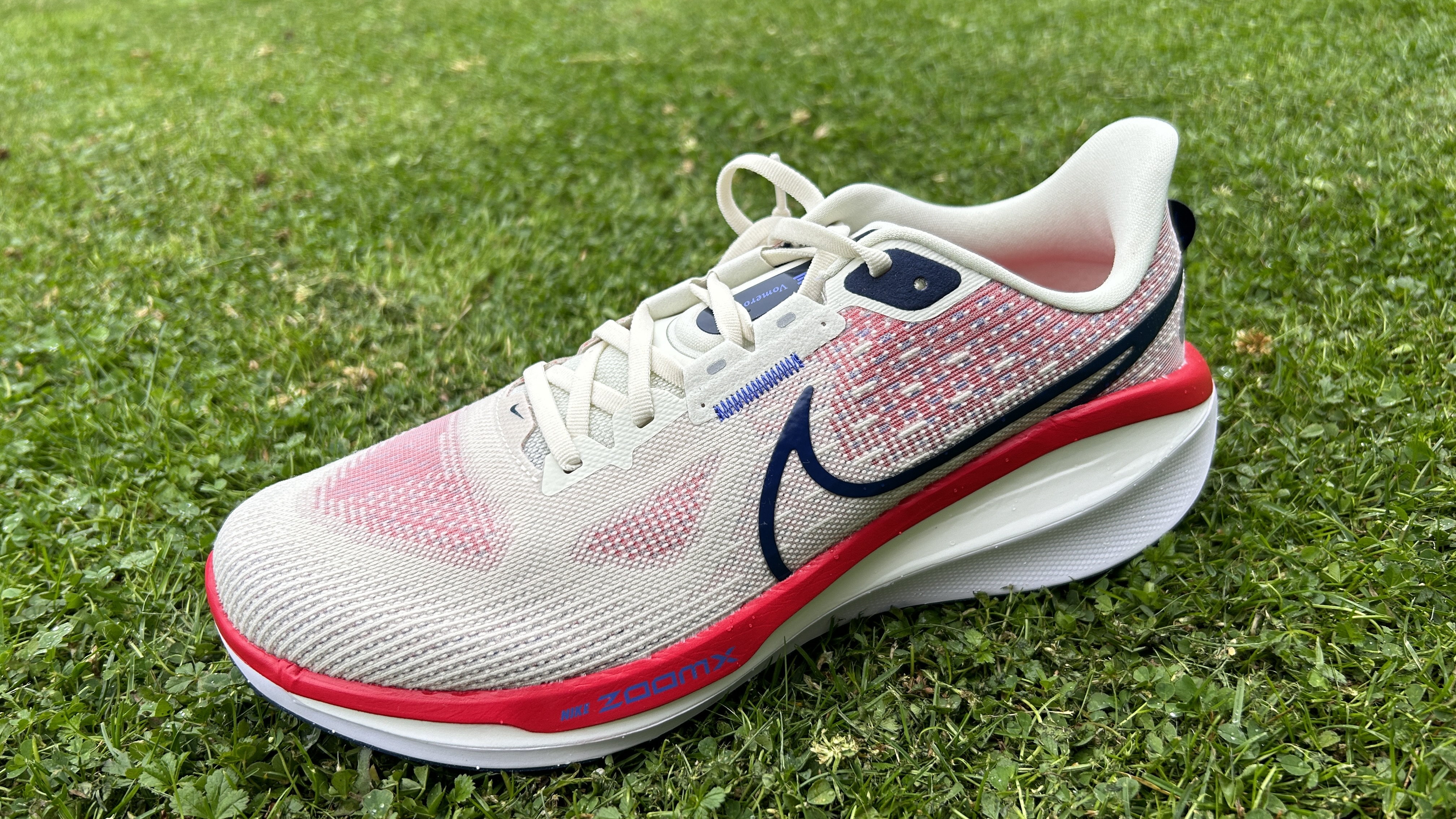
Specifications
Reasons to buy
Reasons to avoid
I found the updates to the Nike Invincible 3 and Infinity 4 cushioned shoes underwhelming to say the least, but fortunately the Nike Vomero 17 is a great cushioned option and undoubtedly the pick of Nike’s range in 2023. It’s comfortable and soft without being squishy or unstable, lighter than the Invincible 3 and Infinity 4, and more versatile too.
In the midsole there is a top layer of ZoomX foam over a layer of Cushlon 3.0. The ZoomX provides the bounce and softness, while the Cushlon 3.0 is firmer, more stable and durable. The dual-density set-up works well in creating a comfortable, stable ride that isn’t too stodgy, so you can use the Vomero for faster daily training runs as well as the easy and long runs to which it’s best suited.
Read more in my Nike Vomero 17 Review
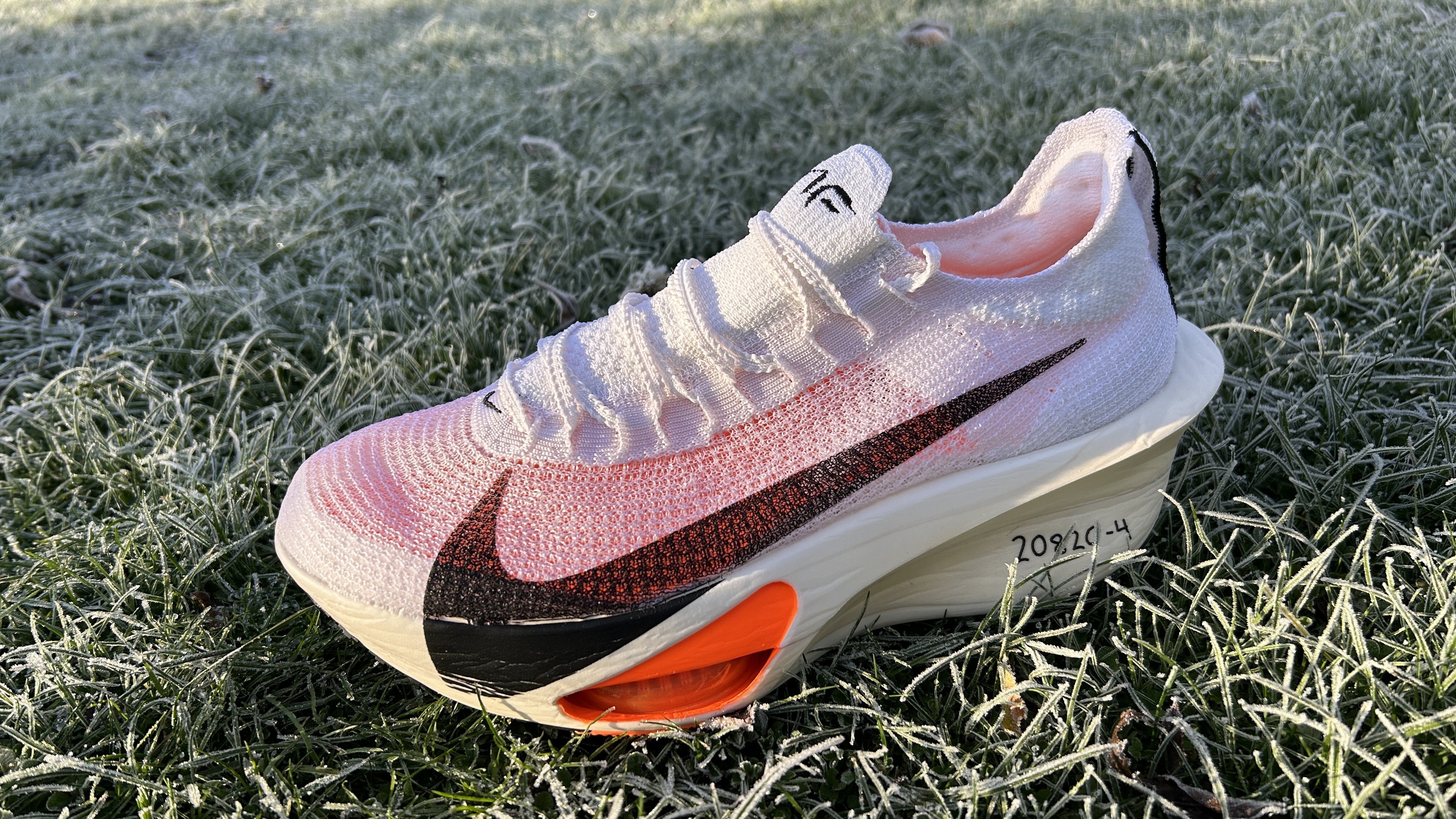
Specifications
Reasons to buy
Reasons to avoid
Nike’s big updates to the Alphafly 3 made it lighter and smoother than its predecessors, while retaining the propulsive bounce the Alphafly is known for. It now has a more aggressive ride that is similar to the Vaporfly 3, with added pop from the Air Zoom pods in the forefoot of the shoe that are the Alphafly’s signature difference from the Vaporfly line.
I have loved doing any kind of fast running in the Alphafly 3 and the lighter design will mean it appeals to more runners for short distance events than the Alphafly 2, and it’s ideal for the marathon, where the efficient, springy ride will help you cruise along at race pace.
Read more in our Nike Alphafly 3 review
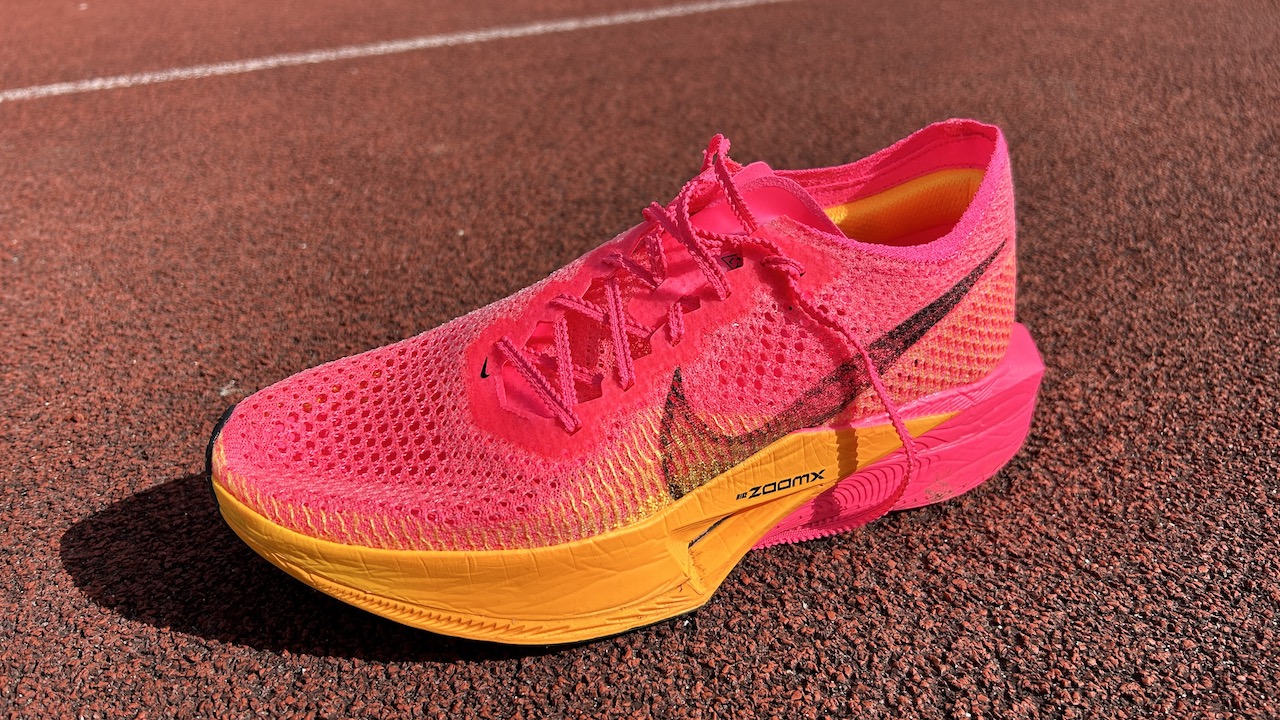
Specifications
Reasons to buy
Reasons to avoid
Nike makes the two best carbon plate running shoes on the market in the Vaporfly 3 and Alphafly 3, and it’s very close between them as to which is the best overall, but the Alphafly 3 just edges it for me. The Vaporfly 3 is still an outstanding racing option for any distance though, and certainly as good as the Alphafly 3 over 5K and 10K, and it’s also a bit cheaper so a little better value.
The Nike Vaporfly 3 contains small but significant updates on the Vaporfly 2, with more cushioning in the midsole to improve comfort and bounce for long events, as well as a reduction in weight. It doesn’t have as bouncy a ride as the Alphafly 3, but is nimbler and I found the Vaporfly 3 great for speeding around corners in short events, and also loved using it for the London Marathon last year.
Read more in our Nike Vaporfly 3 review
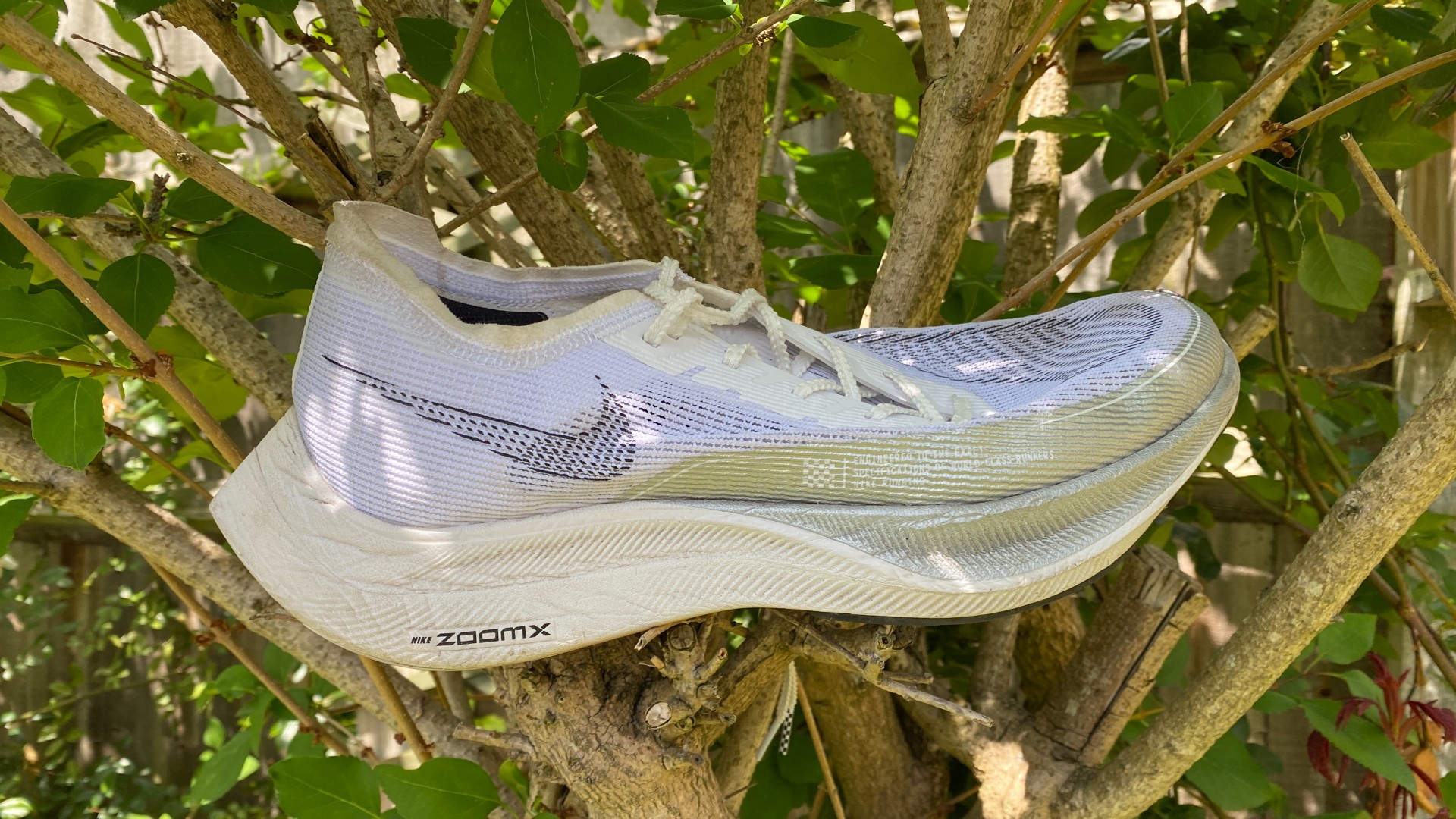
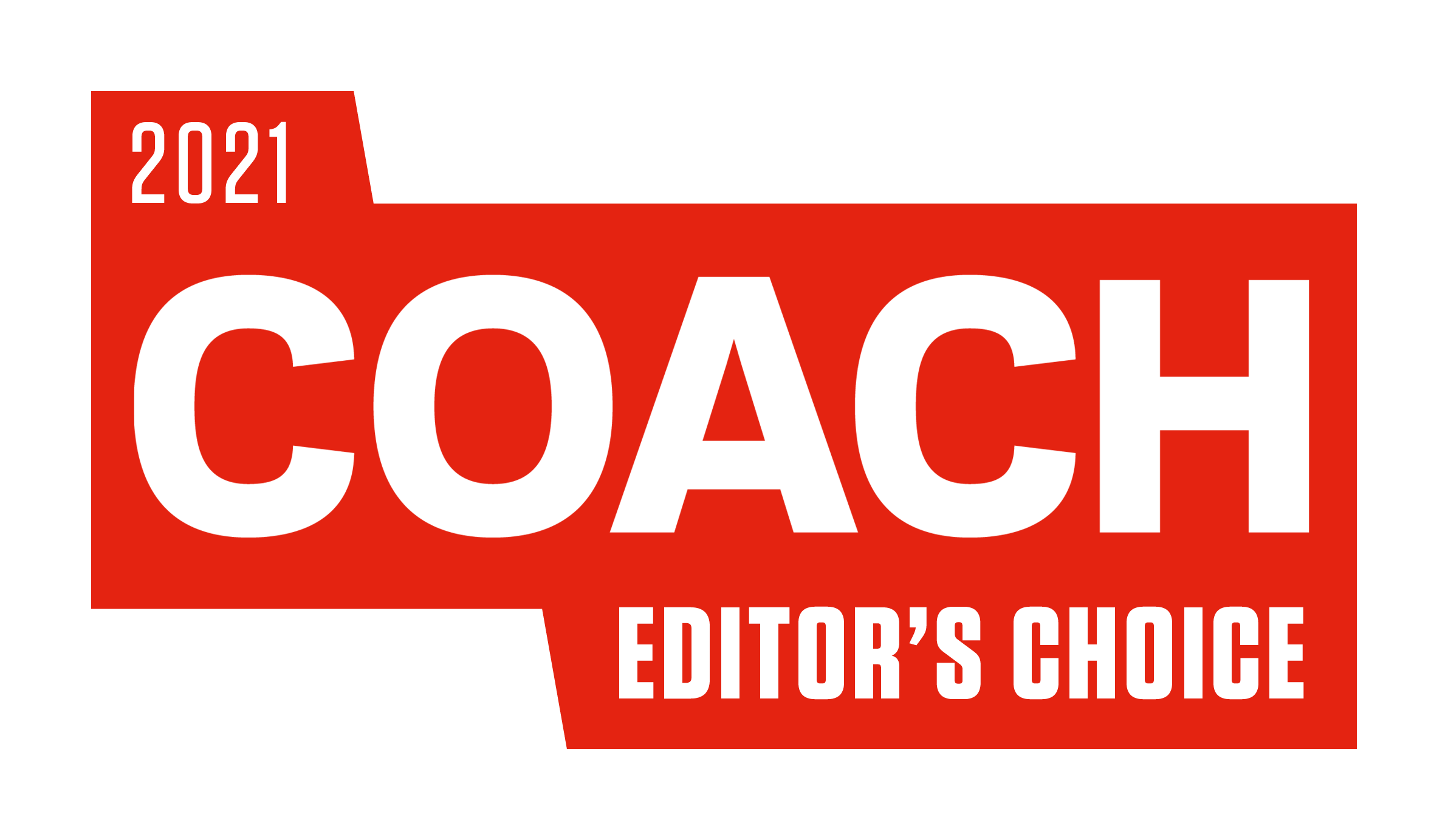
Specifications
Reasons to buy
Reasons to avoid
While I prefer the Vaporfly 3, the Vaporfly 2 is still a great racer for any distance race and it is often in sales for significantly less than the new shoe. It has the same ZoomX foam, as well as a carbon-plate combo in the midsole and an aggressive and lightweight design that’s good for shorter events. I still have both my 5K and marathon PRs in the Vaporfly 2 and there’s little need to grab one of Nike’s newer racing shoes if you already have a fairly fresh set of the 2s at home.
Aside from the price drop, the only notable updates to the second Vaporfly NEXT% are found in the upper, which is now a breathable knit. These changes are for the better in the toe box, where you get a roomier fit, but I did find the second edition of the NEXT% rubbed at the heels more than the first. You may not experience that, but it’s something to look out for.
Read more in our Nike Vaporfly NEXT% 2 review
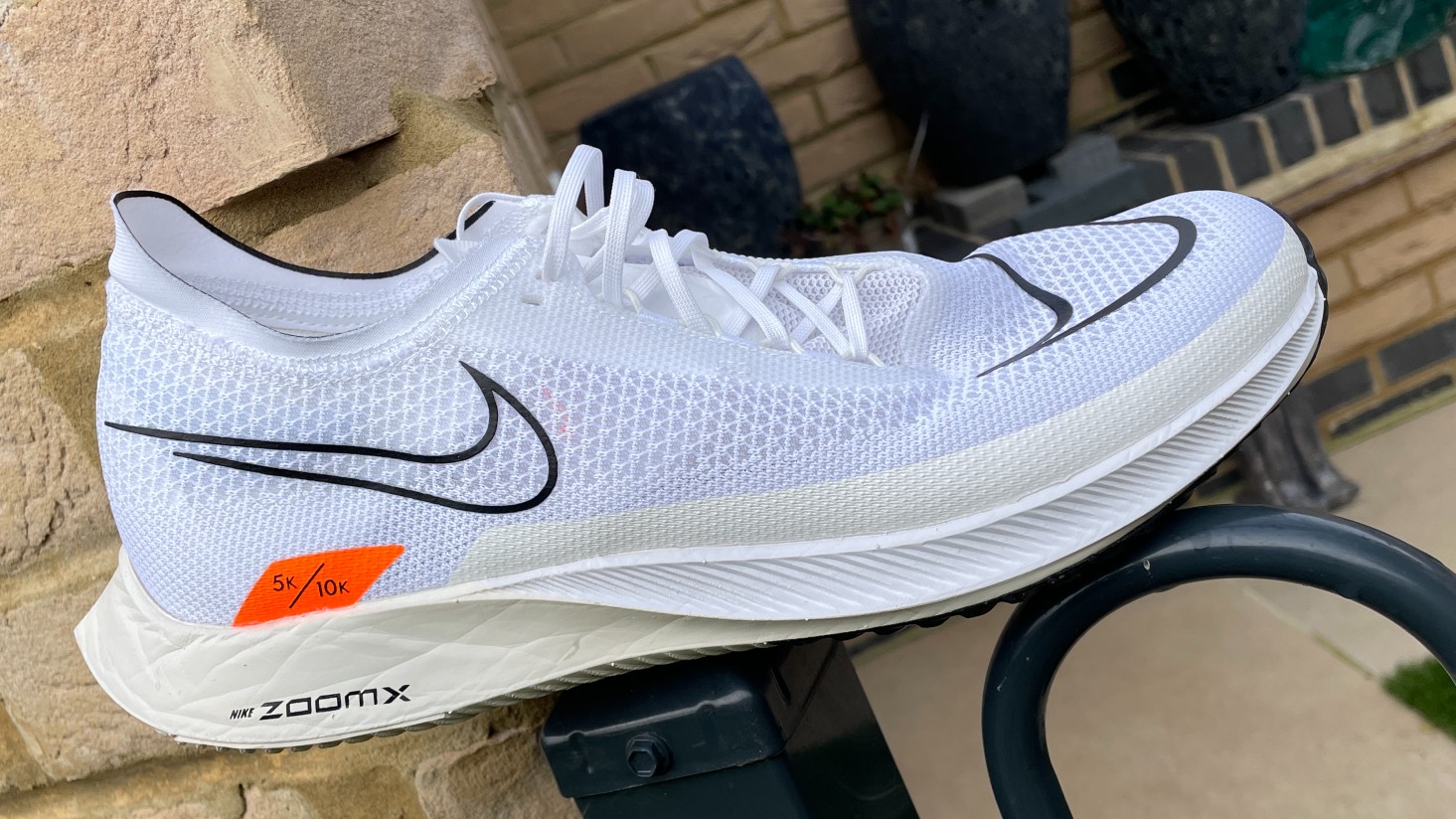
Specifications
Reasons to buy
Reasons to avoid
The Vaporfly and Alphafly might be terrific racing shoes but they’re not for everyone. If you're a runner who sticks mainly to short-distance events, such as 5Ks and 10Ks, and wants a lower-profile shoe more in line with classic racing flats then it’s worth checking out the Streakfly.
While there is no carbon plate in the Streakfly, it has the same bouncy ZoomX midsole as Nike’s top racers, and a Pebax shank in the midfoot provides extra pop to your transition to the forefoot with each stride. It’s also a light shoe, which is a benefit when attacking shorter races.
I still rate the Vaporfly as the more accomplished short-distance racer thanks to the carbon plate, but the Streakfly is much cheaper and still speedy, and it’s a fun shoe to use for interval sessions as well.
Read more in our Nike ZoomX Streakfly review
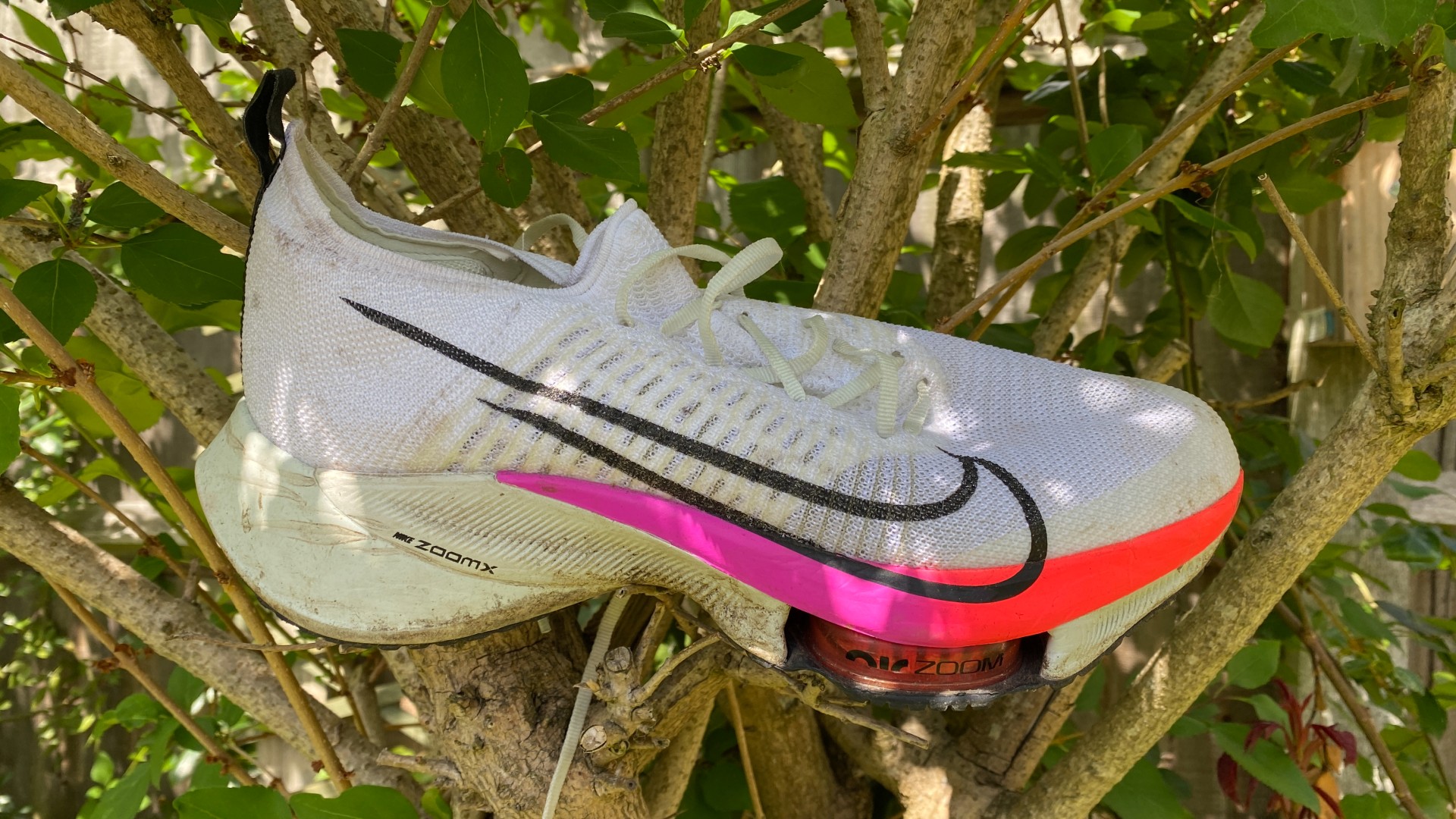
Specifications
Reasons to buy
Reasons to avoid
There’s a lot going on with the Tempo NEXT%, which has two different foams, a carbon composite plate, and an Air Zoom pod in its midsole. The blend of all this tech makes for a slightly odd ride, but it’s an undeniably fast one despite the fairly hefty build of the shoe. But while the Tempo is a great training partner for the Alphafly, unfortunately it has too high a stack to be legal for road races itself. It’s unlikely anyone will care if you do use it for them – it’s far from an advantage compared with using a proper carbon plate racer – but it’s worth noting.
Read more in our Nike Tempo NEXT% review
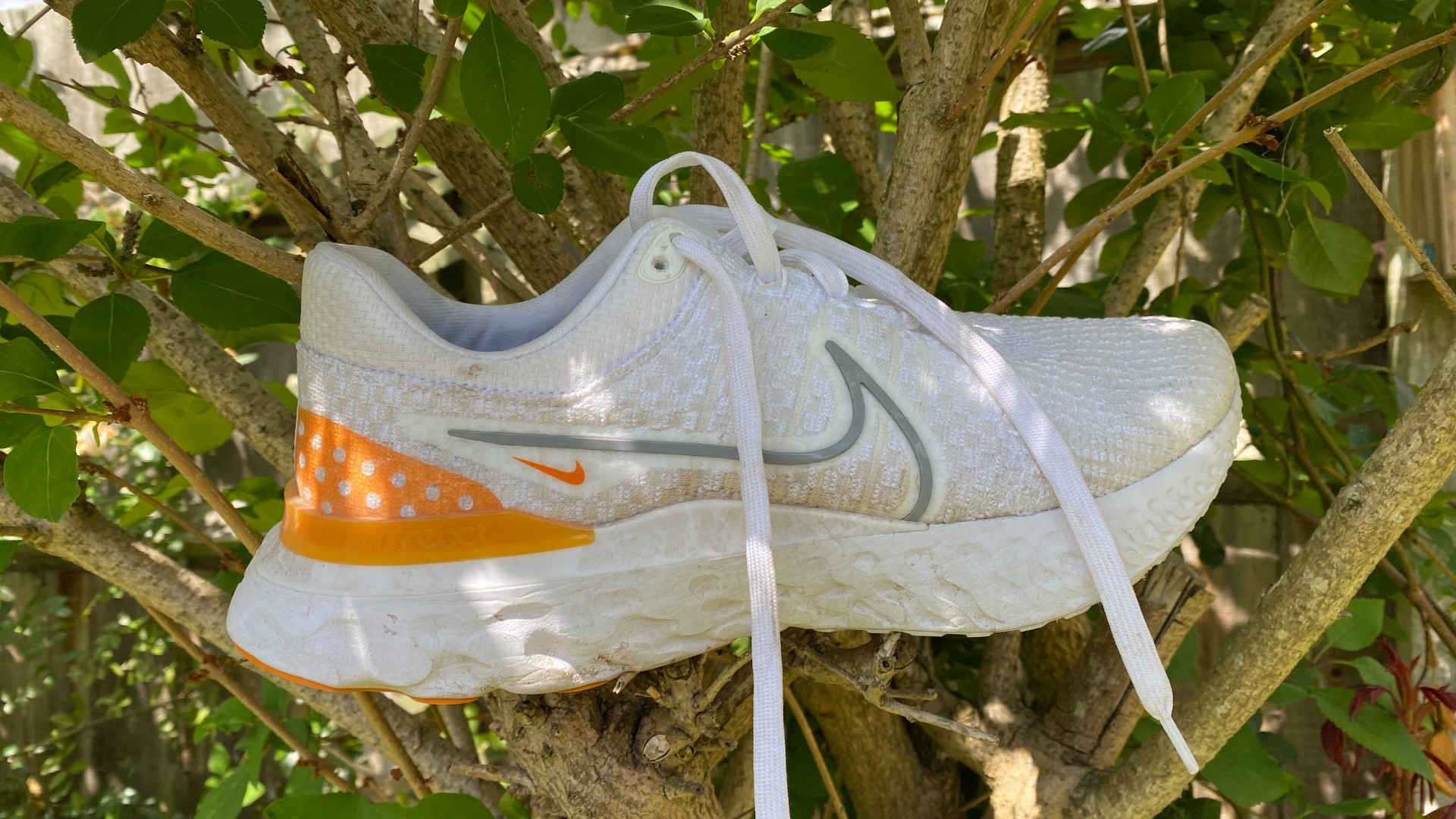
Specifications
Reasons to buy
Reasons to avoid
The Nike Infinity line sits in the “stable neutral” category of running shoes, providing extra support through a plastic heel clip and wide base without being a full stability shoe designed to counter overpronation. The third edition of the shoe follows the same formula as the Infinity 2, with a Flyknit upper and a React foam midsole containing a rocker that delivers a smooth if slightly dull ride.
It’s a durable shoe for racking up a lot of miles and the extra support it provides will be appreciated by any runner who is logging a lot of training and wants a reliable option to protect their legs on easy runs. It’s not the speediest option going, or the cheapest, but pick up the Infinity Run 3 and you’ll have a workhorse trainer that will serve you well for many hundreds of kilometres of easy running.
Read more in our Nike React Infinity Run Flyknit 3 review
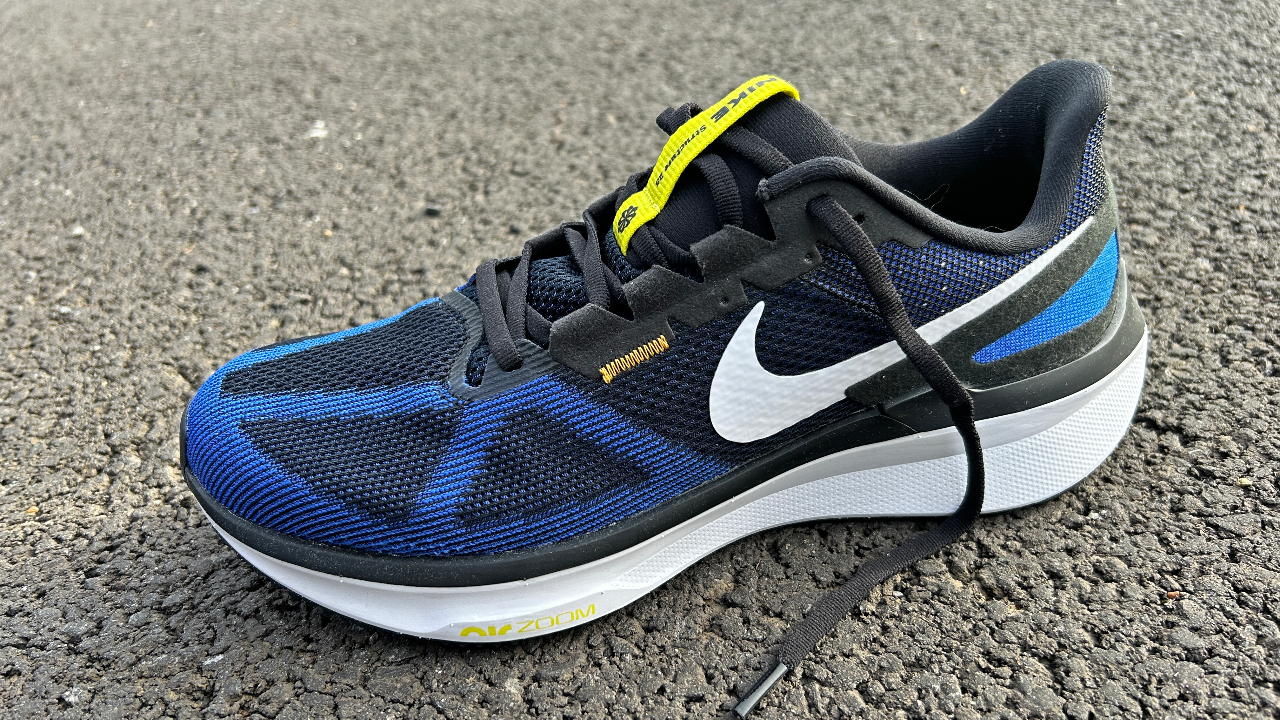
Specifications
Reasons to buy
Reasons to avoid
The Nike Structure 25 is a supportive workhorse that will help you plod through hundreds of miles of easy running. It’s not a versatile shoe: I found any kind of fast running in it to be a chore, and it’s not particularly lively, either. But the Cushlon 3.0 midsole is stable and comfortable, even if it’s firmer than Nike’s neutral cushioned shoes.
Both the midsole and the outsole on the Structure 25 are built to last, and I found the outsole gripped well on wet paved surfaces and light trails. Other brands have more exciting stability shoes, but the Structure 25 is your best bet in Nike’s range, and a reliable and reasonably affordable option—it’s often in sales.
More of the best stability running shoes
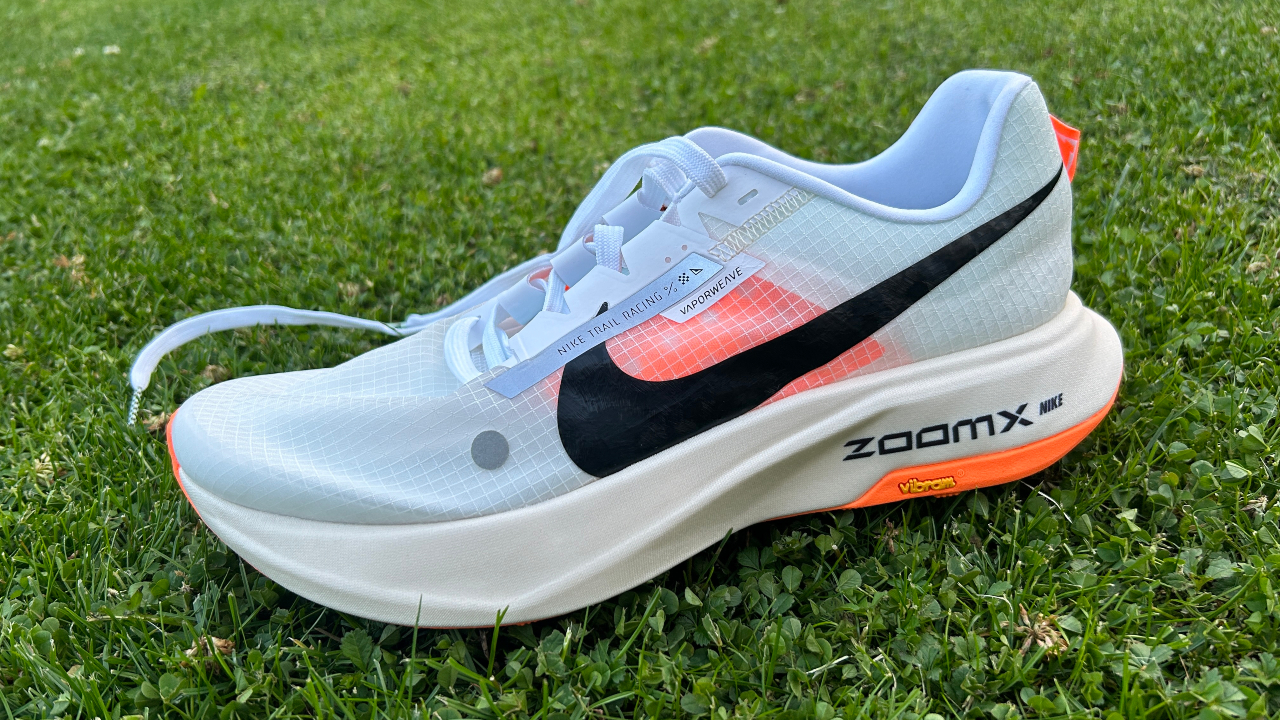
Specifications
Reasons to buy
Reasons to avoid
The Nike Ultrafly is built for the long haul, but it’s the best all-round trail shoe in Nike’s line-up for now. Part of that is the ZoomX midsole and carbon plate, which creates a comfortable, efficient ride. Perhaps even more important is the Vibram outsole, which offers better grip than the in-house rubber used on Nike’s other trail shoes.
I found the Ultrafly to be comfortable over a 30-mile run during my testing, and it ticks over nicely to help you maintain a good pace for ultra-distance runs. It’s not great for shorter events though, being heavy and large—and don’t come in expecting the same bouncy ride of the Vaporfly or Alphafly. The Ultrafly is more stable than those shoes, which is needed on the trails, but less springy and exciting.
Read more in our Nike Ultrafly review
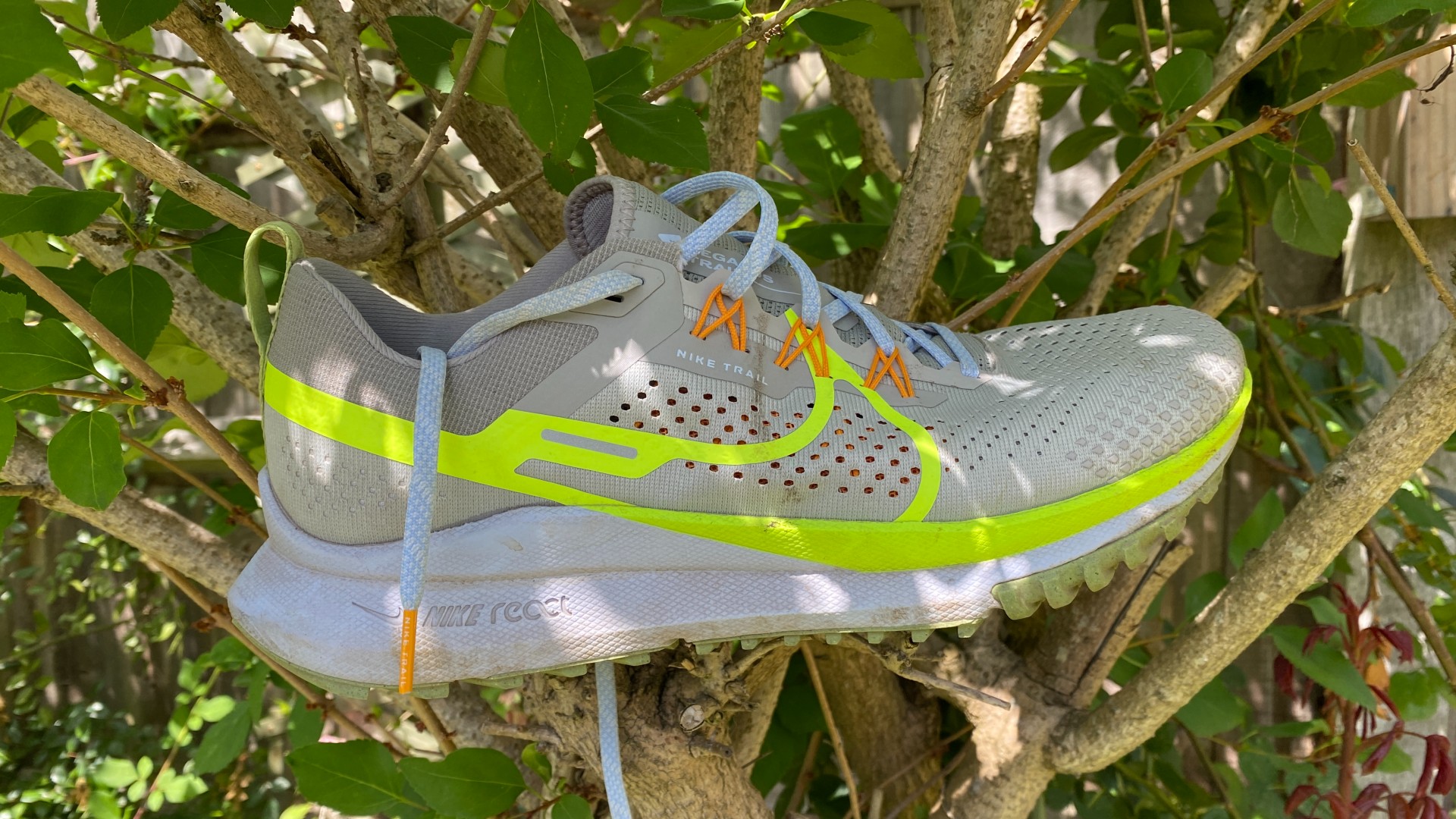
Specifications
Reasons to buy
Reasons to avoid
Nike’s trail-running shoe line-up is not well stocked with great options for treacherous mountain trails or boggy ground, but the Pegasus Trail 4 is a versatile road-to-trail option that can handle most terrain well.
The Trail 4 is lighter than the 3 and has a redesigned outsole to provide better grip on slick or muddy tracks, though it remains a shoe best suited to light and dry trails. Keep it on well-groomed trails and the road, and the Pegasus Trail 4 is a very comfortable option. It certainly doesn’t hurt that it’s a bit of a looker as well.
Read more in our Nike Pegasus Trail 4 review
FAQs
Are Nike shoes good for running?
Nike’s running shoes are indeed good for running, but the bigger question is how they stack up against other brands, because there are a lot of excellent options out there. At the top end of the market, Nike’s racing shoes are as good or better than anything else available – the Nike Vaporfly and Alphafly are among the best carbon plate running shoes you can get.
There are also a lot of excellent cushioned shoes in Nike’s range. The Invincible is uniquely soft and bouncy compared with other brands’ offerings, and the Infinity and Pegasus lines produce reliable, stable rides for easy and long runs. I prefer some of the best cushioned shoes from other brands, but Nike holds its own here too.
One area where Nike is behind other brands is a really good all-rounder that works well for every type of run from easy plods to races. The original Pegasus Turbo served this role well, but the new Nike Pegasus Turbo Next Nature isn’t quite as good. Shoes like the Saucony Endorphin Speed 3 or Hoka Mach 5 offer more on this front.
Although Nike does make a couple of the best trail-running shoes – the Pegasus Trail 4 is a great road-to-trail option – those tackling ultramarathons on mountainous terrain, or hitting deep mud during their off-road runs, are better served by other brands. The grip of Nike’s trail shoes in particular has often proved underwhelming during my testing.
Get the Coach Newsletter
Sign up for workout ideas, training advice, reviews of the latest gear and more.

Nick Harris-Fry is a journalist who has been covering health and fitness since 2015. Nick is an avid runner, covering 70-110km a week, which gives him ample opportunity to test a wide range of running shoes and running gear. He is also the chief tester for fitness trackers and running watches, treadmills and exercise bikes, and workout headphones.
